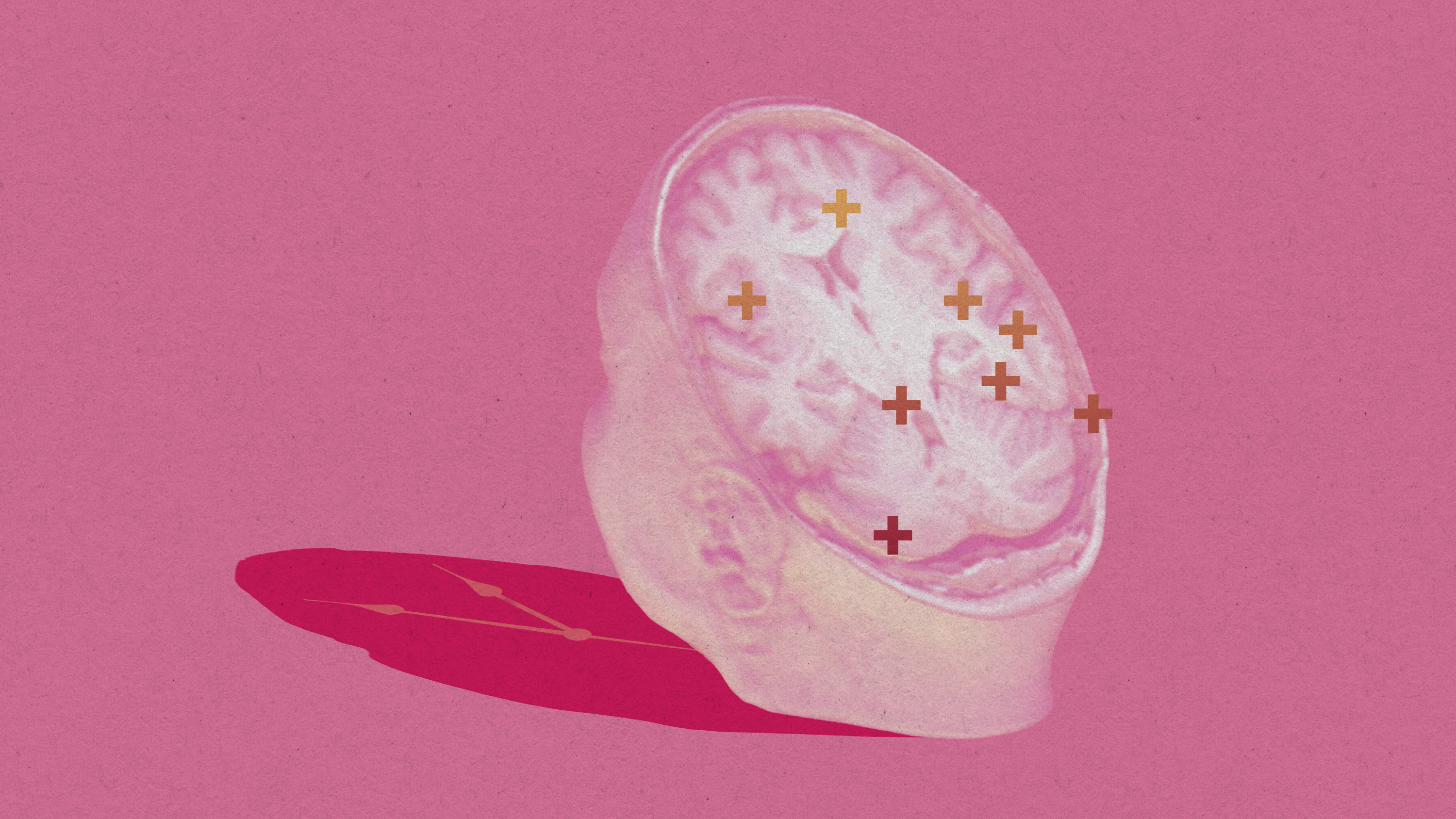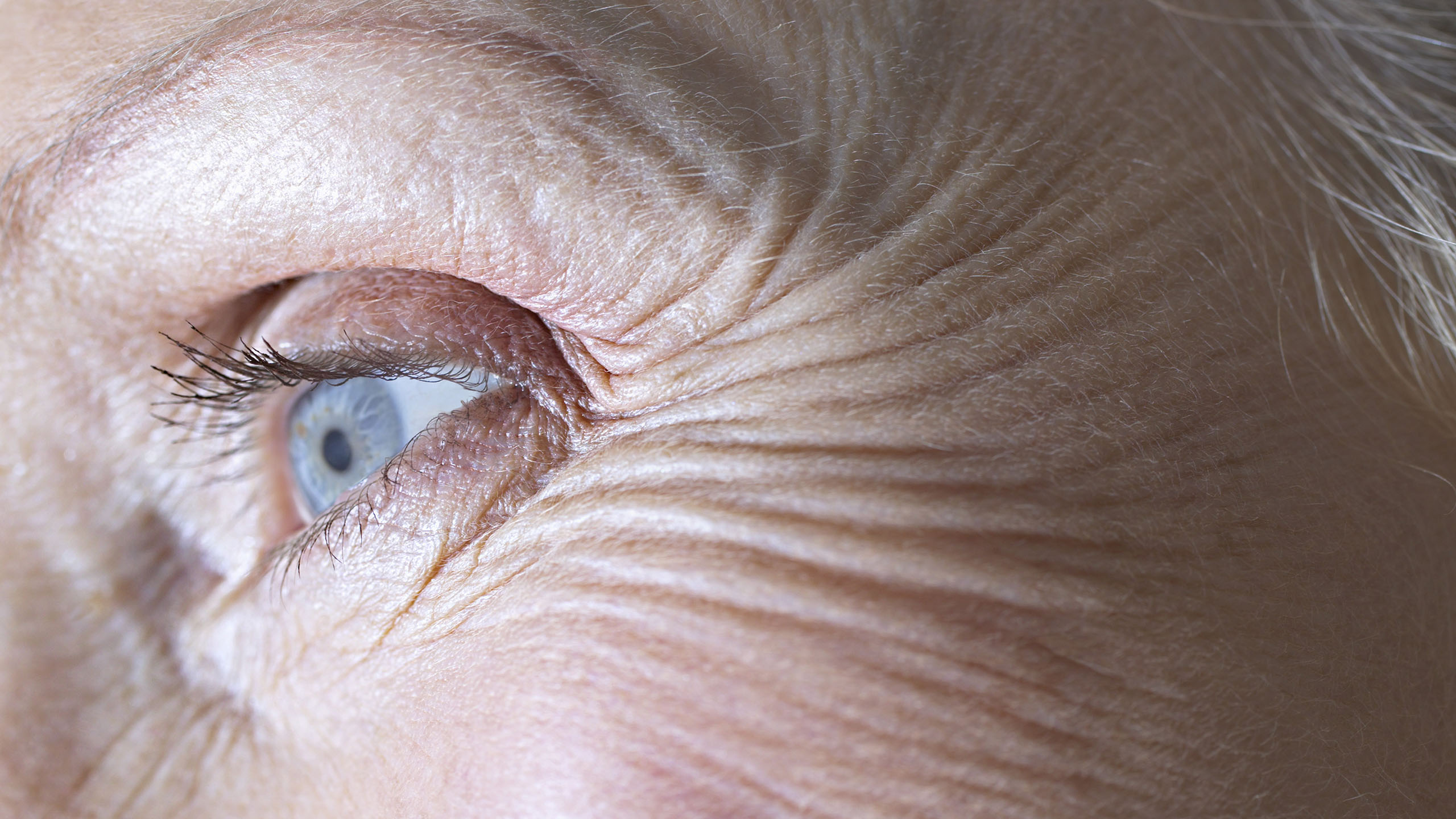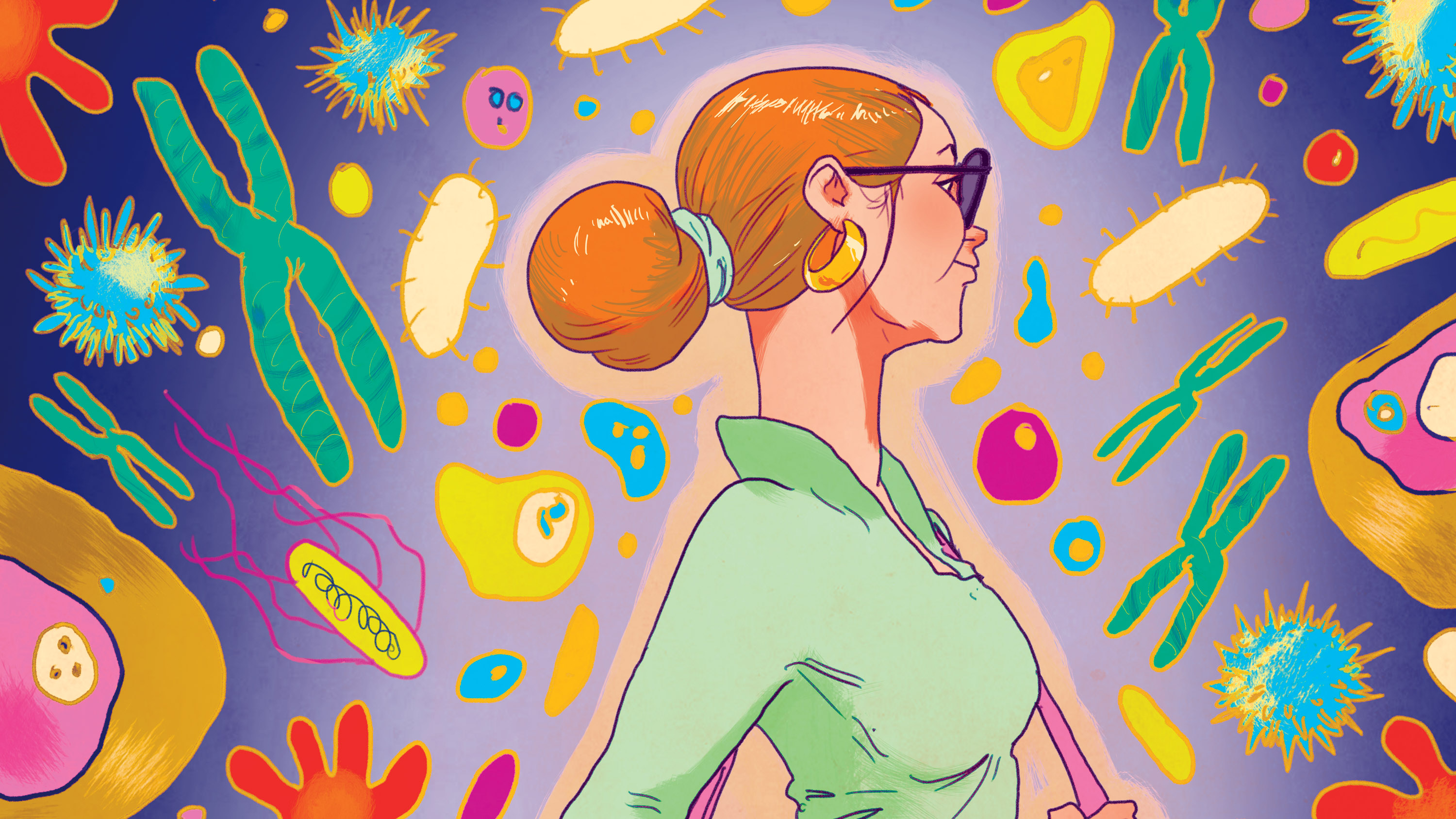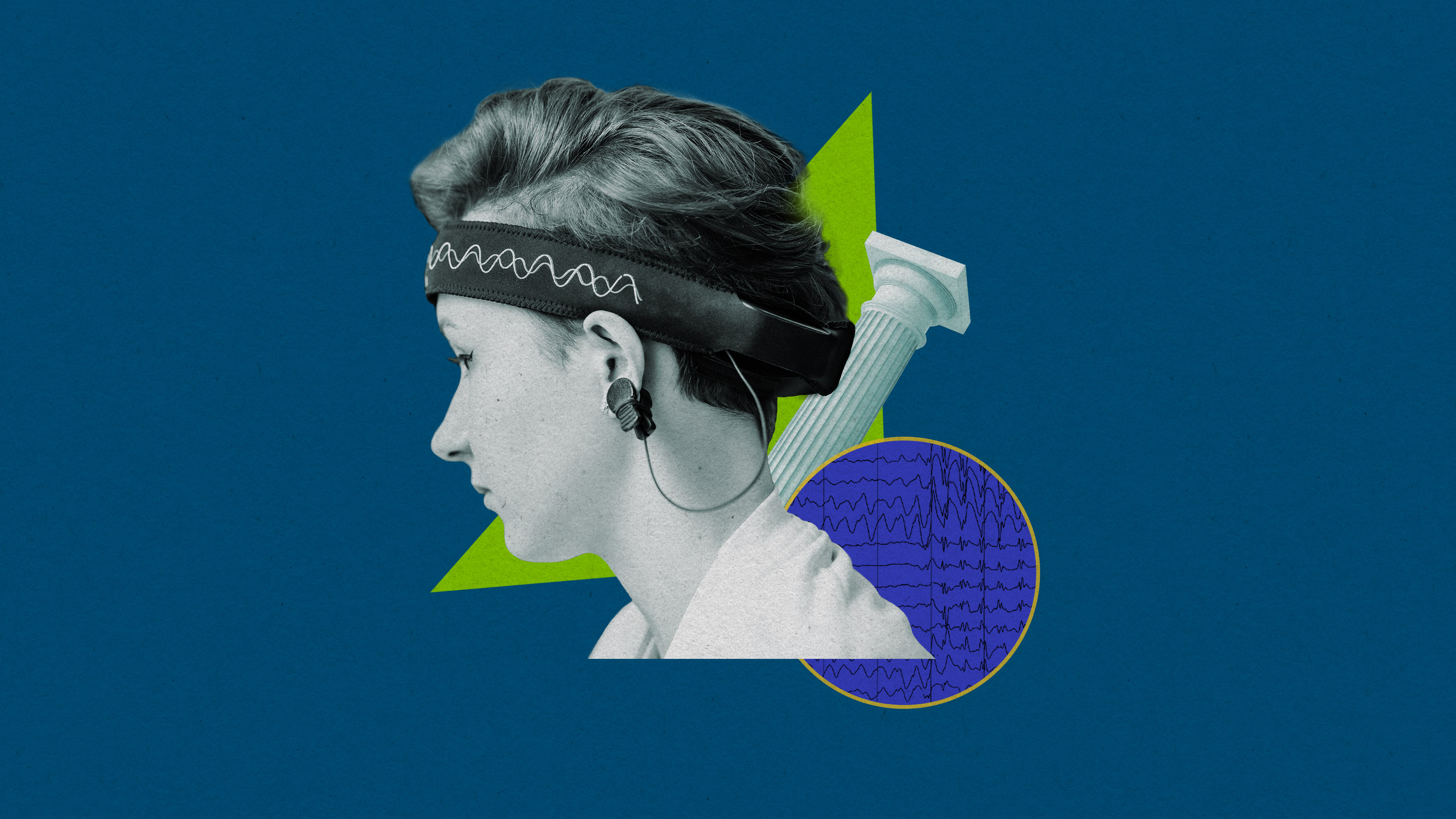Maybe you will be able to live past 122
Scientific advances, public interest, and an unprecedented level of investment are pushing the longevity industry to help us live longer in better health.

The UK’s Office of National Statistics has an online life expectancy calculator. Enter your age and sex, and the website will, using national averages, spit out the age at which you can expect to pop your clogs. For me, that figure is coming out at 88 years old.
That’s not too bad, I figure, given that globally, life expectancy is around 73. But I’m also aware that this is a lowball figure for many in the longevity movement, which has surged in recent years. When I interview a scientist, doctor, or investor in the field, I always like to ask about personal goals. I’ve heard all sorts. Some have told me they want an extra decade of healthy life. Many want to get to 120, close to the current known limit of human age. Others have told me they want to stick around until they’re 200. And some have told me they don’t want to put a number on it; they just want to live for as long as they possibly can—potentially indefinitely.
How far can they go? This is a good time to ask the question. The longevity scene is having a moment, thanks to a combination of scientific advances, public interest, and an unprecedented level of investment. A few key areas of research suggest that we might be able to push human life spans further, and potentially reverse at least some signs of aging.
Take, for example, the concept of cellular reprogramming. Nobel Prize–winning research has shown it is possible to return adult cells to a “younger” state more like that of a stem cell. Billions of dollars have been poured into trying to transform this discovery into a therapy that could wind back the age of a person’s cells and tissues, potentially restoring some elements of youth.
Many other avenues are being explored, including a diabetes drug that could have broad health benefits; drugs based on a potential anti-aging compound discovered in the soil of Rapa Nui (Easter Island); attempts to rejuvenate the immune system; gene therapies designed to boost muscle or extend the number of times our cells can divide; and many, many more. Other researchers are pursuing ways to clear out the aged, worn-out cells in our bodies. These senescent cells appear to pump out chemicals that harm the surrounding tissues. Around eight years ago, scientists found that mice cleared of senescent cells lived 25% longer than untreated ones. They also had healthier hearts and took much longer to develop age-related diseases like cancer and cataracts. They even looked younger.
Unfortunately, human trials of senolytics—drugs that target senescent cells—haven’t been quite as successful. Unity Biotechnology, a company cofounded by leading researchers in the field, tested such a drug in people with osteoarthritis. In 2020, the company officially abandoned that drug after it was found to be no better than a placebo in treating the condition.
That doesn’t mean we won’t one day figure out how to treat age-related diseases, or even aging itself, by targeting senescent cells. But it does illustrate how complicated the biology of aging is. Researchers can’t even agree on what the exact mechanisms of aging are and which they should be targeting. Debates continue to rage over how long it’s possible for humans to live—and whether there is a limit at all.
Still, we are getting better at testing potential therapies in more humanlike models. We’re finding new and improved ways to measure the aging process itself. The X Prize is offering $101 million to researchers who find a way to restore at least 10 years of “muscle, cognitive, and immune function” in 65- to 80-year-olds with a treatment that takes one year or less to administer. Given that the competition runs for seven years, it’s a tall order; Jamie Justice, executive director of the X Prize’s health-span domain, told me she initially fought back on the challenging goal and told the organization’s founder, Peter Diamandis, there was “no way” researchers could achieve it. But we’ve seen stranger things in science.
Some people are banking on this kind of progress. Not just the billionaires who have already spent millions of dollars and a significant chunk of their time on strategies that might help them defy aging, but also the people who have opted for cryopreservation. There are hundreds of bodies in storage—bodies of people who believed they might one day be reanimated. For them, the hopes are slim. I asked Justice whether she thought they stood a chance at a second life. “Honest answer?” she said. “No.”
It looks likely that something will be developed in the coming decades that will help us live longer, in better health. Not an elixir for eternal life, but perhaps something—or a few somethings—that can help us stave off some of the age-related diseases that tend to kill a lot of us. Such therapies may well push life expectancy up. I don’t feel we need a massive increase, but perhaps I’ll feel differently when I’m approaching 88.
The ONS website gives me a one in four chance of making it to 96, and a one in 10 chance of seeing my 100th birthday. To me, that sounds like an impressive number—as long as I get there in semi-decent health.
I’d still be a long way from the current record of 122 years. But it might just be that there are some limitations we must simply come to terms with—as individuals and in society at large. In a 2017 paper making the case for a limit to the human life span, scientists Jan Vijg and Eric Le Bourg wrote something that has stuck with me—and is worth bearing in mind when considering the future of human longevity: “A species does not need to live for eternity to thrive.”
Deep Dive
Biotechnology and health

This researcher wants to replace your brain, little by little
The US government just hired a researcher who thinks we can beat aging with fresh cloned bodies and brain updates.

Aging hits us in our 40s and 60s. But well-being doesn’t have to fall off a cliff.
Lifestyle changes could counter some of the deterioration.

Beyond gene-edited babies: the possible paths for tinkering with human evolution
CRISPR will get easier and easier to administer. What does that mean for the future of our species?

A new law in California protects consumers’ brain data. Some think it doesn’t go far enough.
Tech companies collect brain data that could be used to infer our thoughts—so it’s vital we get legal protections right.
Stay connected
Get the latest updates from
MIT Technology Review
Discover special offers, top stories, upcoming events, and more.